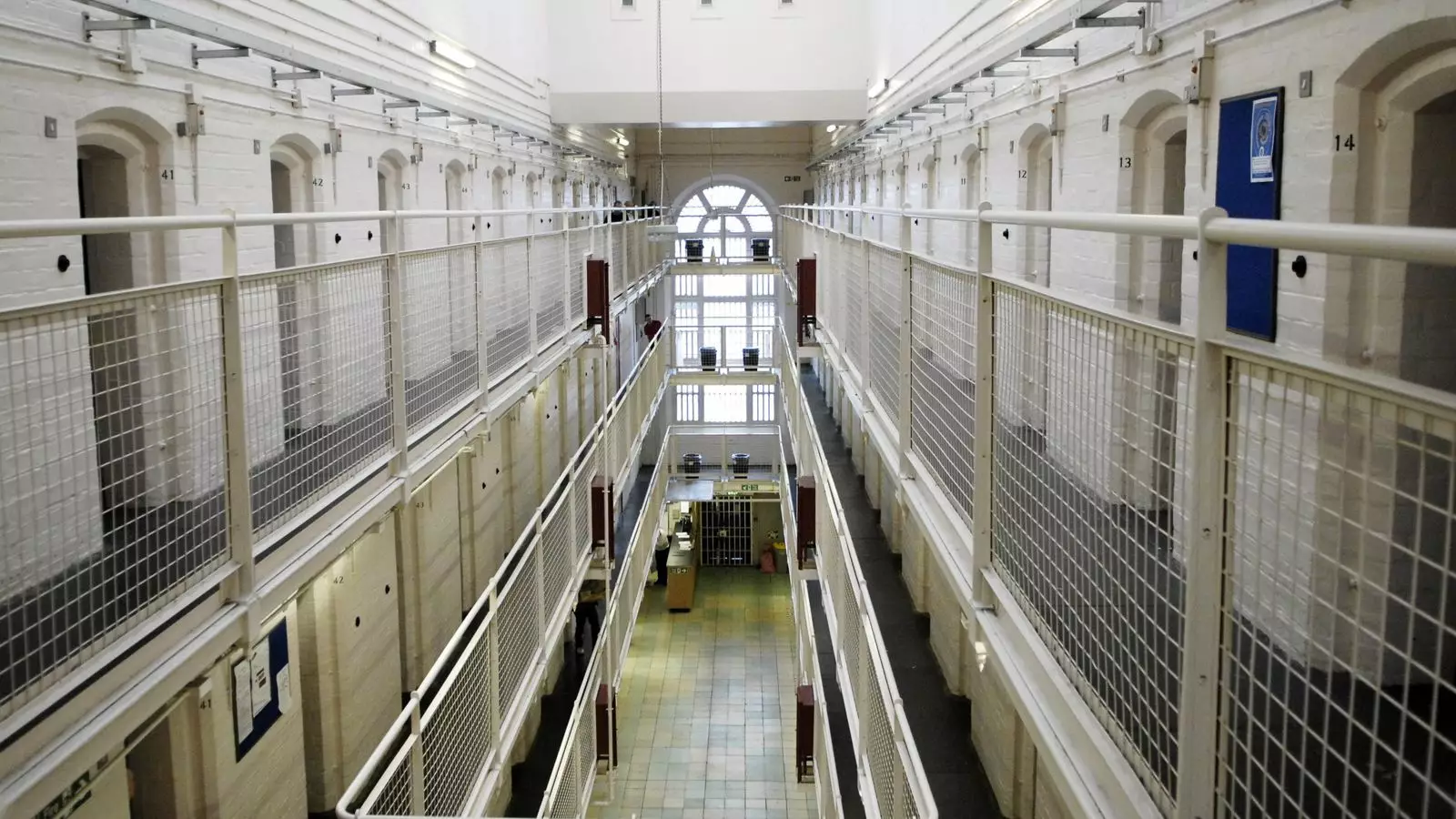The prison system in England and Wales has reached a critical point, with successive governments adhering to a rigid “tough on crime” approach that has failed to yield lasting solutions. This policy direction, as noted in the Independent Sentencing Review, has led to an astronomical increase in the prison population, overwhelming facilities and compromising the integrity of the justice system. Despite crime rates decreasing since the mid-1990s, there has been a notable lack of strategic foresight in penal policy, which has resulted in inadequate resource allocation and emerging societal costs.
The Rise of Mandatory Sentencing and Its Consequences
The report highlights one significant factor contributing to overcrowding: the rise of mandatory minimum sentences and the introduction of new offenses that have resulted from “knee jerk” reactions to high-profile crimes. These changes have created longer sentences and inconsistencies in the justice system, leaving many victims feeling unjustly treated. David Gauke, chair of the review, emphasizes that while punishment is crucial to the justice system, it must not be the sole aim. Instead, a more balanced approach that incorporates rehabilitation and community service as alternatives to incarceration is needed to alleviate the pressures on prisons.
The consequences of the current approach to incarceration are profound, affecting not only those behind bars but also their families and communities. Notably, recalling offenders back to prison—an essential practice to maintain public safety—has skyrocketed from under 100 in 1993 to almost 13,000 in 2024. This dramatic increase reflects a failure to address the root causes of criminal behavior, ultimately perpetuating a cycle that leads to more crime. When individuals who are released face overwhelming stigma and limited support, they often find themselves back in the system, creating a revolving door that detracts from public safety.
In response to the crisis, the government has implemented controversial measures, such as reducing the percentage of a sentence served in prison to combat overcrowding. While this may provide temporary relief, it doesn’t address the fundamental issues within the criminal justice system. A lack of investment and a piecemeal approach to policy changes have left the system in disarray, as pointed out by Gauke. Meaningful reform requires a comprehensive evaluation of who should be incarcerated and for how long, along with an investment in alternatives that ensure justice for victims and enough resources to rehabilitate offenders.
Advocacy groups like the Howard League for Penal Reform have long argued that the current model is unsustainable. Their perspective underscores the need for a fundamental shift in how society views punishment and rehabilitation. Alternatives such as community service, restorative justice, and rehabilitation programs must be considered as viable options that not only ease prisoner numbers but also contribute to safer communities. An effective justice system is one that prioritizes prevention and rehabilitation over mere punishment.
As the Independent Sentencing Review prepares to publish its recommendations in spring, there is hope for a transformative approach to the justice system. The current overcrowding crisis in prisons serves as a pivotal moment for reflection and reform. If policymakers heed the lessons of past missteps, they may foster an environment where rehabilitation is prioritized, resulting in decreased recidivism rates and safer communities. An honest conversation about sentencing practices is not just necessary; it is paramount to creating a just society that serves the interests of all its citizens. As we move forward, it is time to rethink the structures that underpin our penal system and realign them with the principles of justice and rehabilitation, ensuring a solution to the crisis that serves both victims and offenders alike.


Leave a Reply